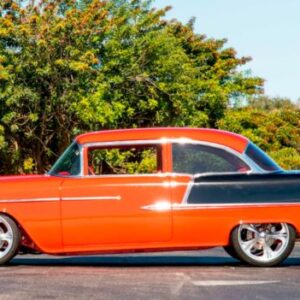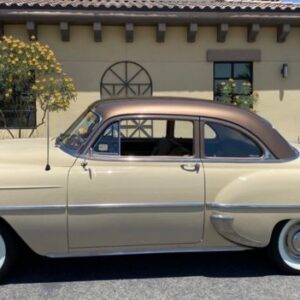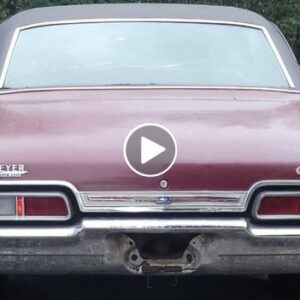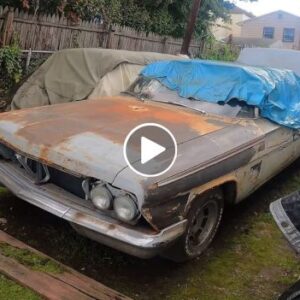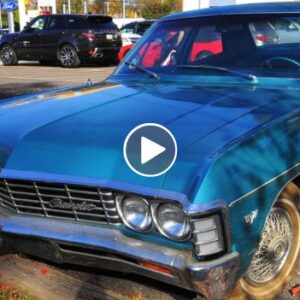Compared to some of the other options on the market in 1964, the First Generation Mercury Marauder was nothing out of the ordinary. It was first introduced in the middle of the 1964 model year, giving it the distinction of actually being a 1963 ½ model. It was introduced as a Ford Motor Company full-size performance car to go along with the 1964 ½ Ford Mustang. It may seem to be a move that would counter the sales of one of the models, but it was a marketing move in an attempt to gain as many new buyers to the main umbrella company’s cars, even though they did compete for a spot in the hearts of loyal Ford and Mercury fans. The iconic Ford Mustang took the majority of the sales for 1964 and 1965, but the first-generation Marauder sold over 12,000 cars, which was more than most critics expected. Let’s look a little deeper into the first generation of Mercury Marauder to get a better understanding of why this car is one of the many forgotten gems within the classic muscle car industry.
10 The First Appearance Of The Marauder Was Before The First Generation In 1963
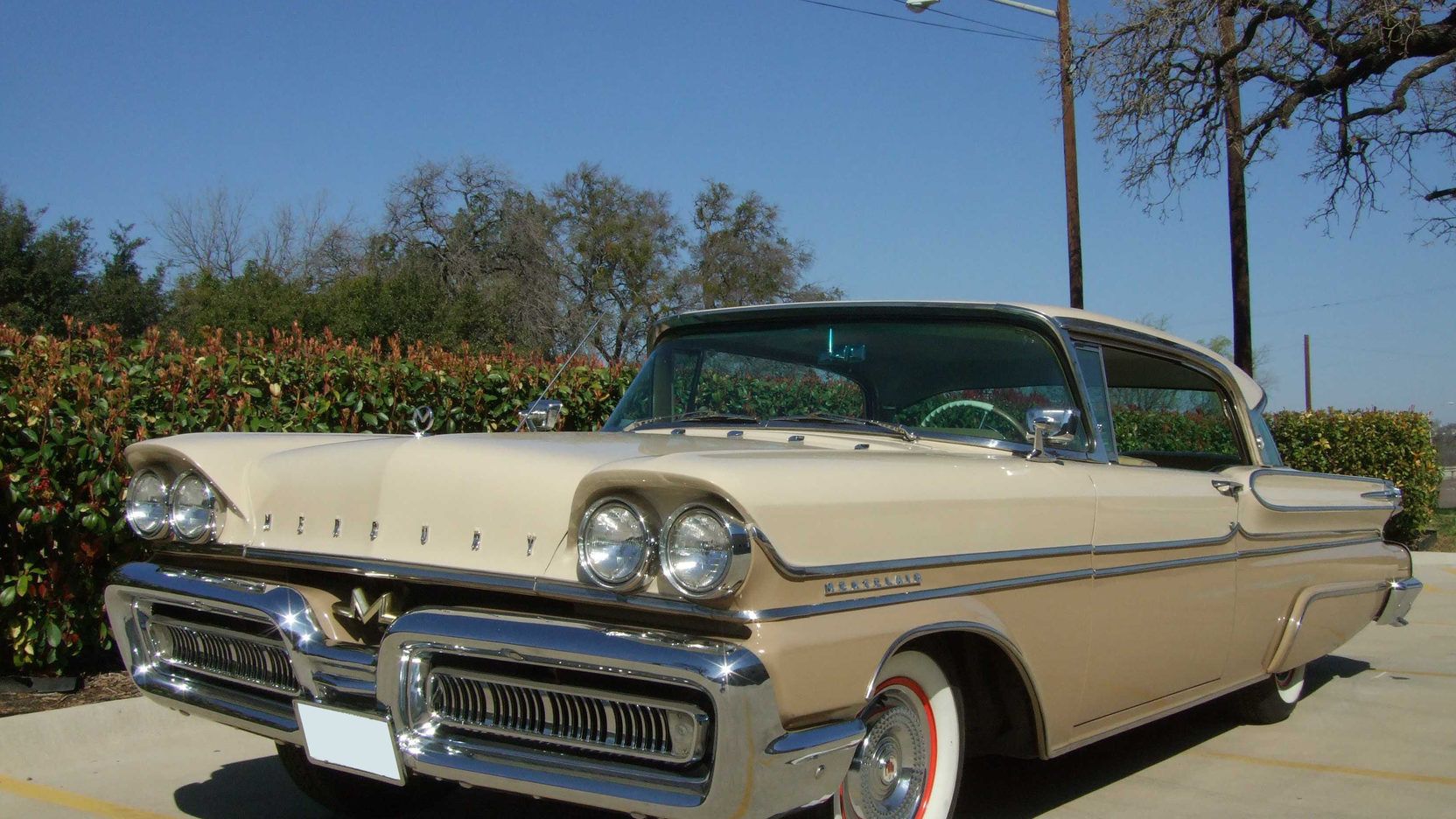
The first-generation Mercury Marauder may still be on the minds of hardcore classic muscle car lovers, but the nameplate was used even before the first official model run. Clear back in 1958, the name was used in conjunction with a Mercury-Edsel-Lincoln line of products, but it was not given to a specific car. In fact, the first appearance of the Marauder name belonged to a group of new engines that were being pushed under the hoods of full-size vehicles. The 312 hp and 330 hp big block 383s, 360 hp 430 big block V8, and the 400 hp 430 V8 with three two-barrel carbs perched on top.
9 Engine Options That Made The Marauder A Force To Be Reckoned With
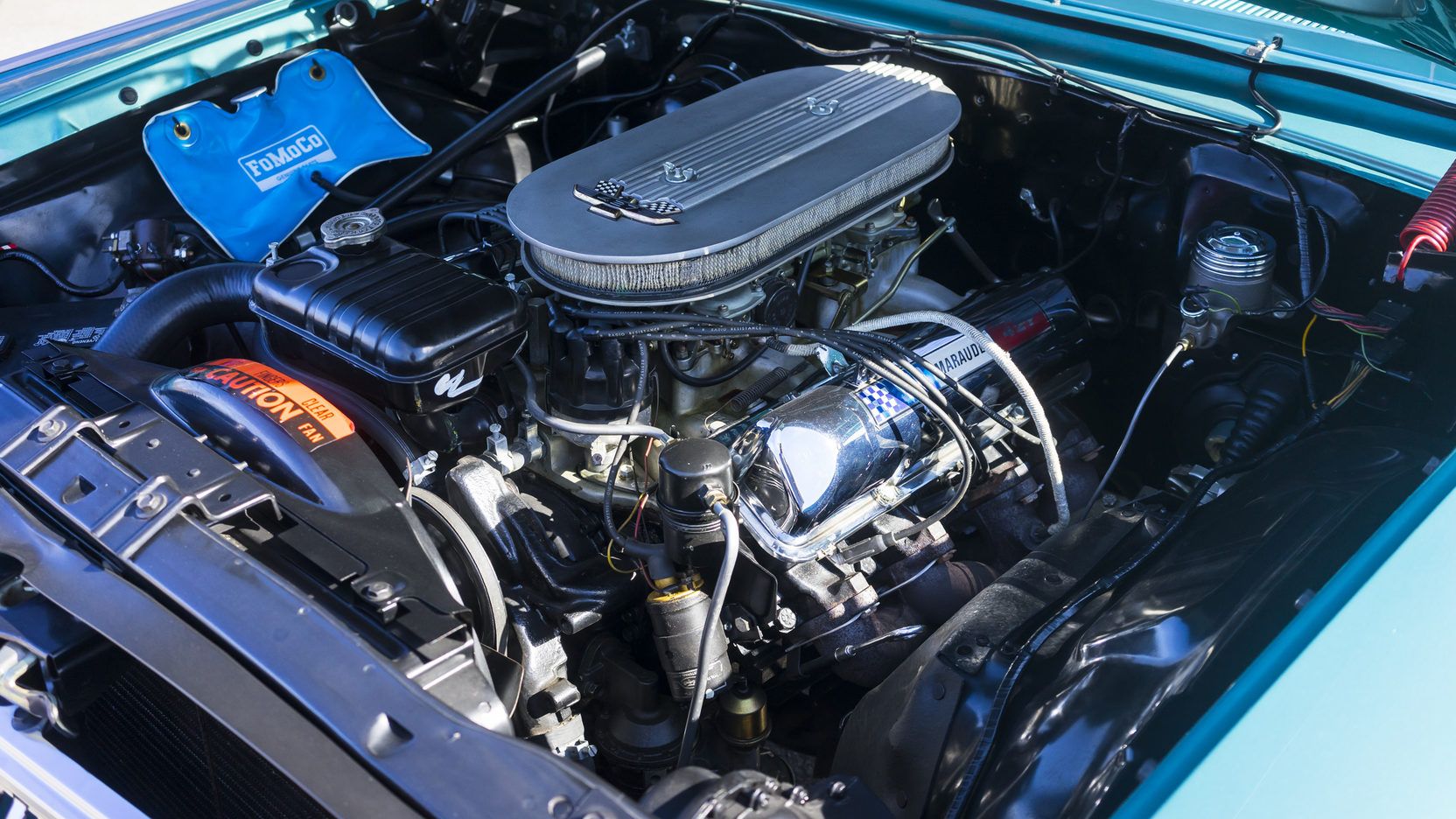
The engine options for the Marauder were the big block V8s that had made a name for themselves in previous years. Big blocks that could push the excessive weight down the track fast enough to be able to be in the classic American muscle car genre. This was a big chore for any engine, considering the average weight of a 1964 Mercury Marauder was close to 4000 pounds. The 427, with three carbs, the biggest engine available, could push the car down the road from 0 to 60 in 7 seconds and shoot down the quarter-mile track in just over 15 seconds.
8 The Marauder Proved Itself On The Racecar Circuits

The 1964 Mercury Marauder was a machine that was built to win races, and win it did. The car took home 5 NASCAR wins, and 7 USAC event wins in the ’64 racing series. It proved itself numerous times on the track, not to mention all the side races that it was a part of that were not sanctioned by any groups. Street racing is what it is all about for many muscle car buyers, even though the Marauder name was made by the races won and the pace car model used for the NASCAR racing circuit. Like many cars through the ’60s and part of the ’70s, any vehicle that wanted to make a name for itself had to be competitive on the track, where all the high-performance fans judged the validity of the car they were considering buying.
7 “Marauder Engines” Were Not Just For The Mercury Marauder
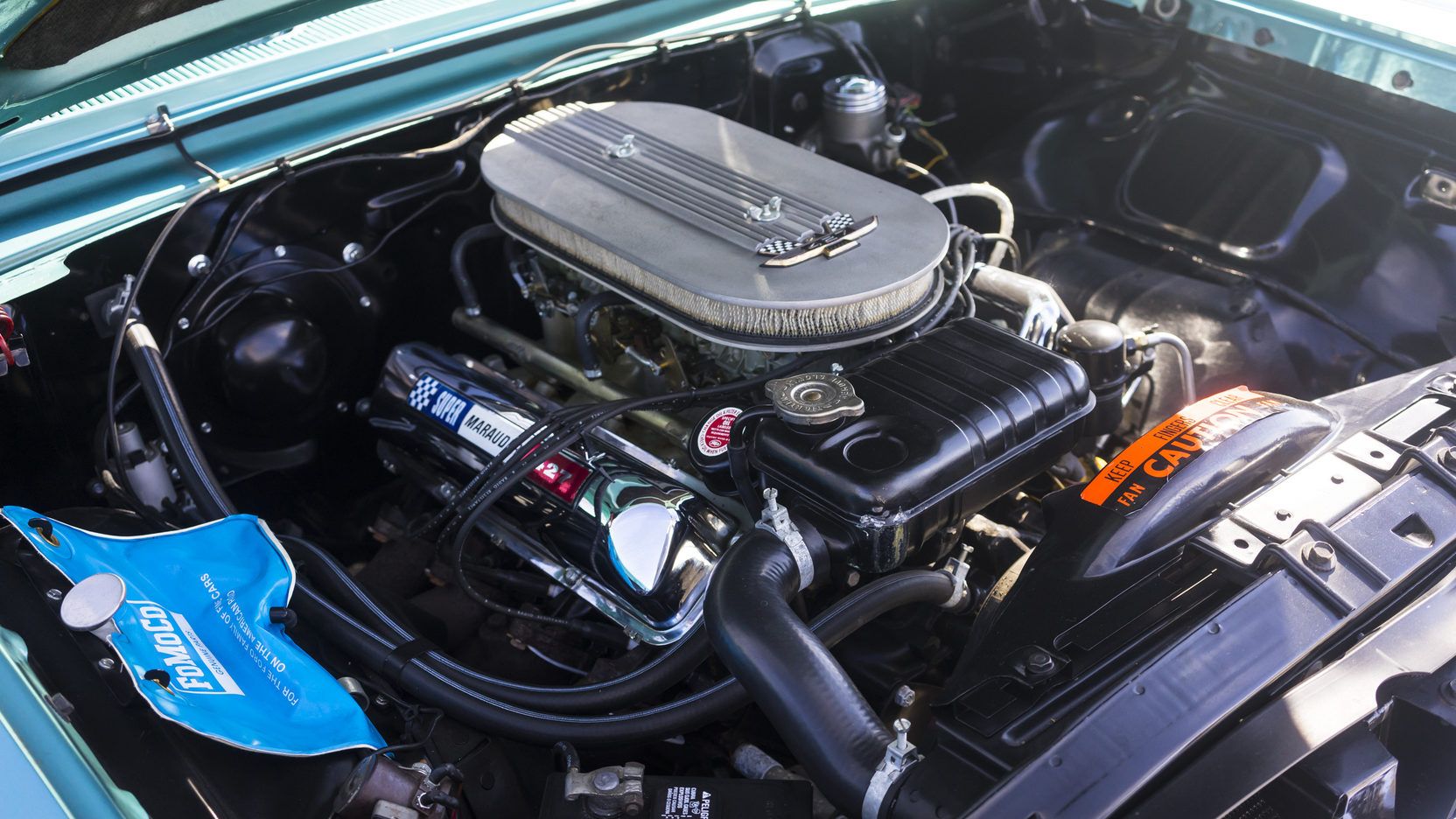
The “Marauder Engines” from the late ’50s and early ’60s began to be known as the FE-Series engines, but since customers already knew them by the Marauder series of engines, Mercury continued to advertise them as such. The main reason for the name change was so the engine did not confuse buyers looking at the car. The entire series of FE-Series engines, from the 383 to the 427 Super Marauder, could all be ordered to fit under the hood of the luxury/muscle car when it was initially ordered. But, if the buyer wanted a different model with the same engine choices, they were accommodated because none of the engines on the Mercury shelves were kept exclusive for one model. All the FE engines could be ordered on any vehicle the buyer wanted, with no exceptions.
6 First-Generation Marauders Did Not Follow Mercury Looks
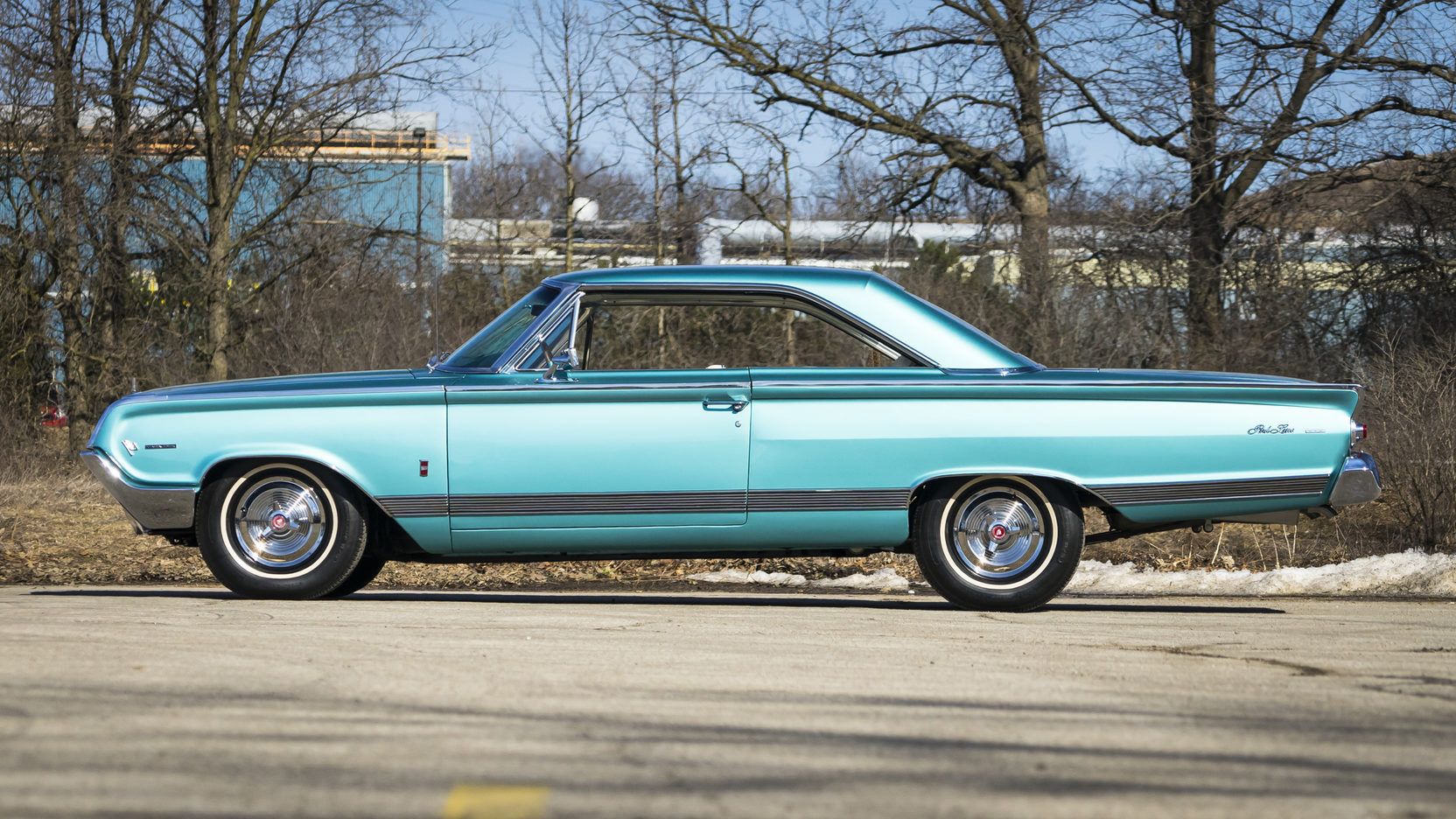
Mercury buyers had become accustomed to the Breezeway roofline style when purchasing any of the brand’s full-size vehicles, which would explain why so many cars from the 60s parked in the showrooms looked alike. The Marauder was a different beast all to itself, though. The Breezeway style roofing was converted to the most optimal design for NASCAR and street racing applications. The sloping, notchback rear window and frame were designed into the first generation of Marauder, giving it the appeal of racing fans while offering a choice for those full-size car buyers that wanted a little bit different look than the norm.
5 The Mercury Marauder Was Advertised As A Luxury Sedan
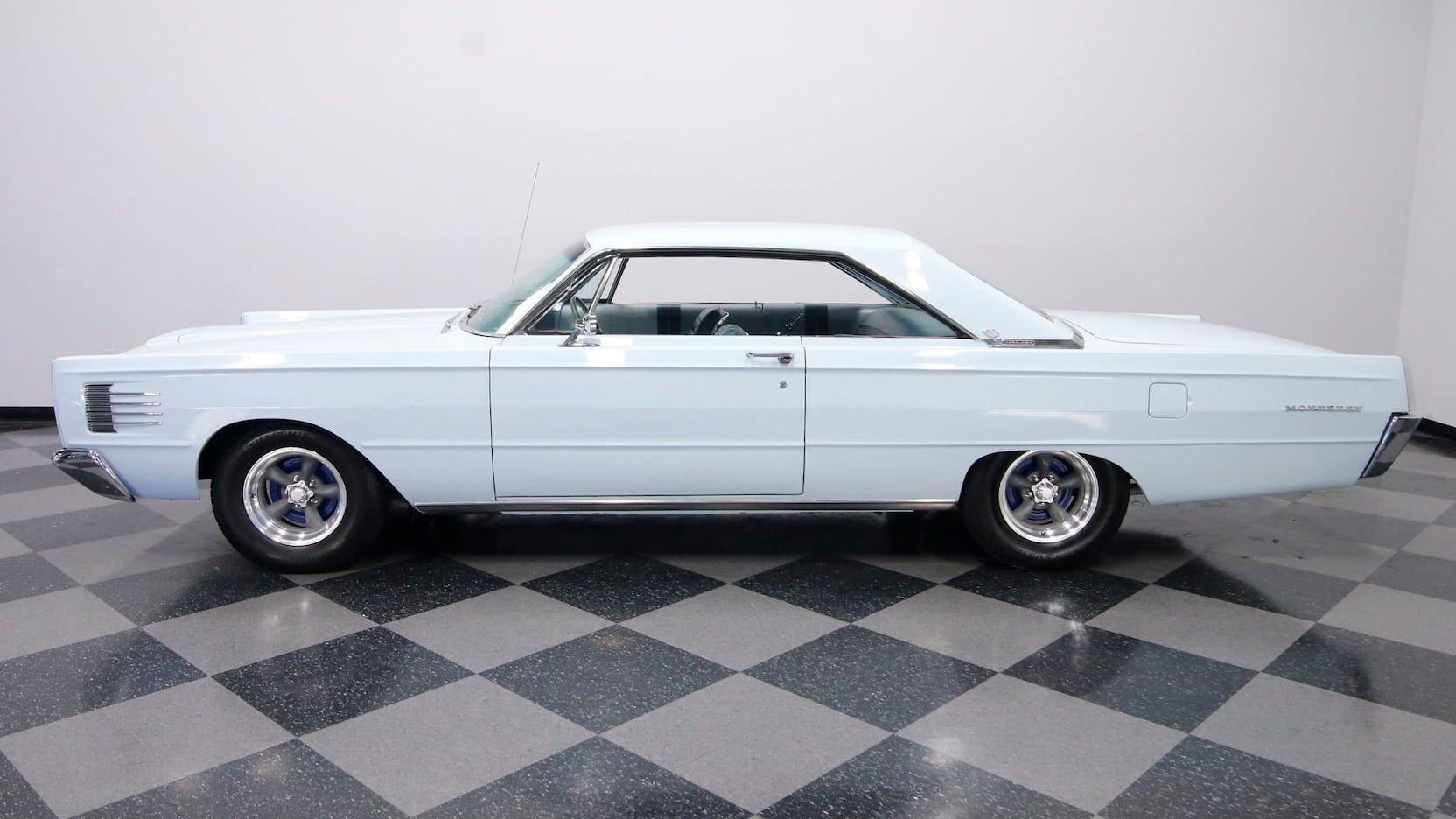
Throughout the first couple of years of production, the Marauder was not a well-advertised option for the Park Lane, Montclair, or Monterey, which were the three main models to which the upgrade could be given. Since it was a full-size car, sitting directly across from the Thunderbird in the scheme of things, it was not simply offered as a performance or muscle car. It was offered to the public as a full-size luxury car that could do more than comfortably cruise from point A to point B. It was an option that could be left as is or one that could be upgraded with the S-55 package, which also propelled the base-level Marauder into one called the Mercury Super Marauder.
4 The Marauder Is The Highest Powered Full-Size Mercury Sedan
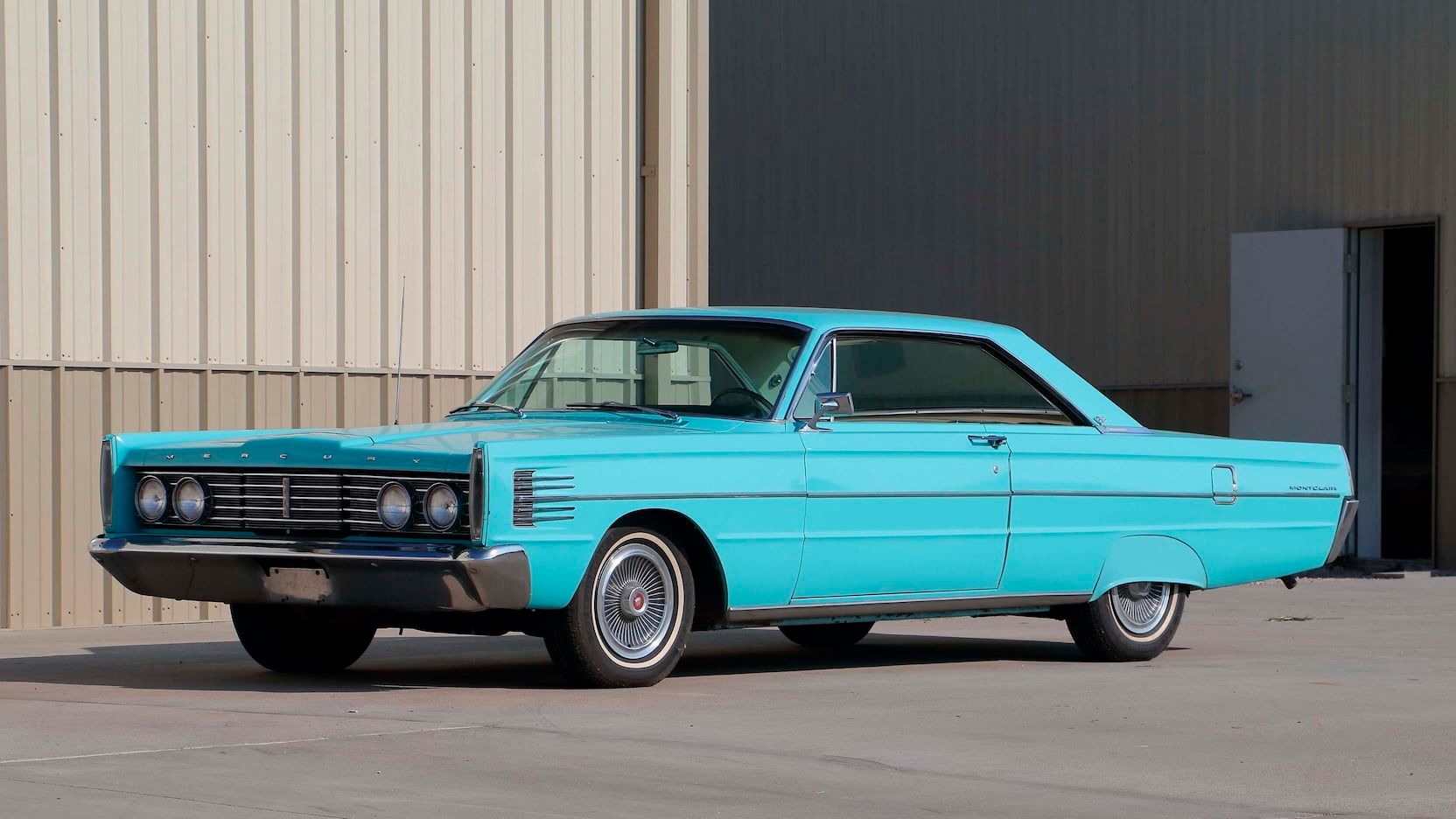
Full-size muscle cars were quickly giving way to mid-sized rides like the Mustang and the Chevelle. However, the public still had a small demand for larger, more comfortable vehicles such as the Mercury Monterey and the Ford Thunderbird. Throughout the first generation of Marauder, the car was optioned with the highest powered engine available through Ford at the time, the mighty 427 big block V8. This engine could push out up to 425 horsepower, a great number even today because the 2023 Ford Mustang 5.0L only puts out 450 horses.
3 1964 Marauder Was A Part Of Mercury’s 25th Anniversary Line
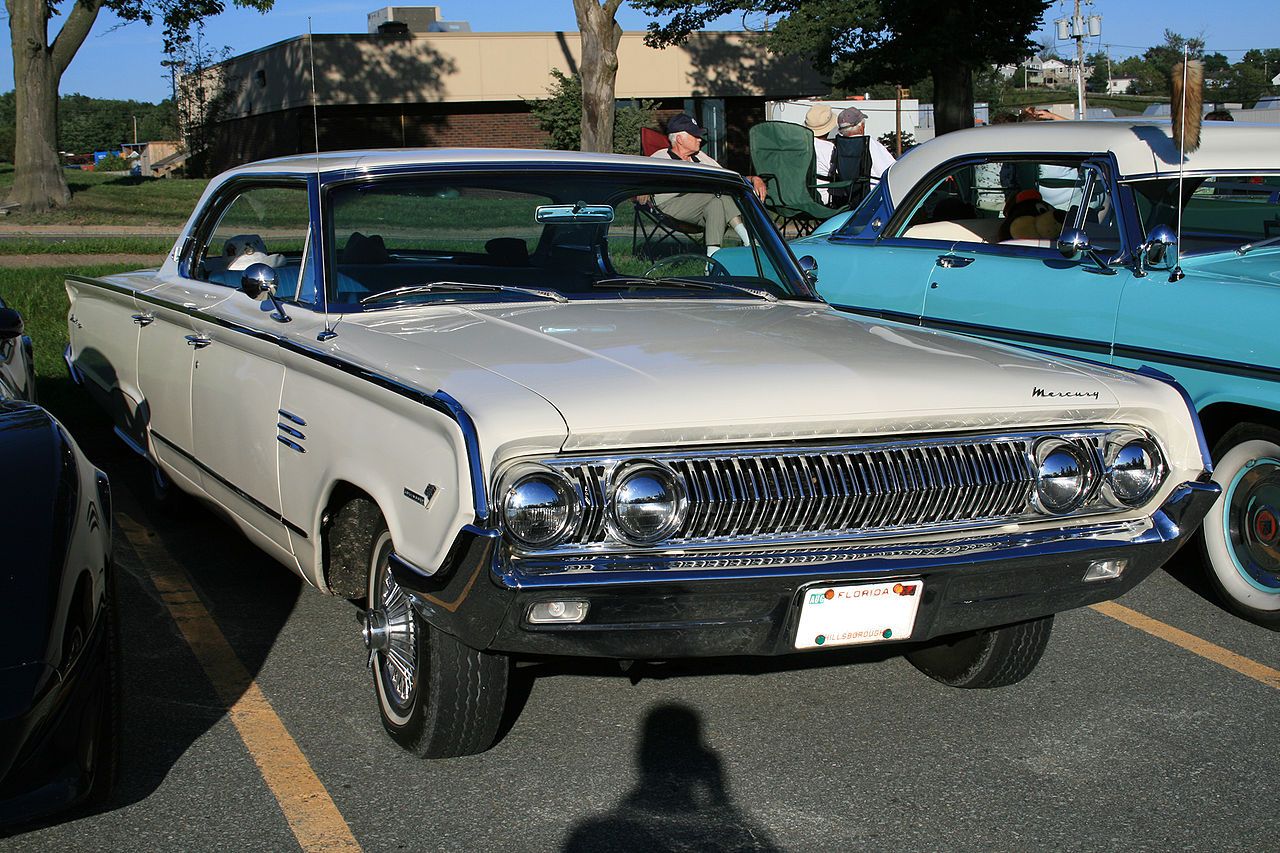
The first ever Mercury vehicle rolled off the production lines in 1939 with the Mercury 8, starting a lineage that would last until the brand was retired for good in 2011 with the Grand Marquis. 1964 marked the 25th anniversary of the Mercury brand, which is a huge milestone to make when trying to take on rival companies such as Chevrolet and Dodge. The Mercury Marauder was one of the model options available to buyers helping the company celebrate the achievement. To make the cars designed for the celebration, Mercury came up with the idea of painting them all silver metallic so buyers could tell them apart from the vehicles that were not.
2 Marauder Nameplate Has Dark Undertones

It is not uncommon for a product in any industry to see some names that bring up dark thoughts. That is not to say that the item is meant to be bad. It is just a marketing ploy to catch the attention of prospective buyers. That is precisely what happened with the Mercury Marauder when the designers and executives came up with the name. Most people think of a marauder as a person that travels around the nation, or the globe, like the infamous pirates that attack and raid anyone that they can to gain plunder. The dark undertones of the Marauder nameplate may have given the car some attention, but it was a name that did not have the desired effects upon the buying public because the sales numbers were not good enough to keep it in production for the long term.
1 Mid-Size Muscle Cars Pushed The Marauder Into A Short Retirement
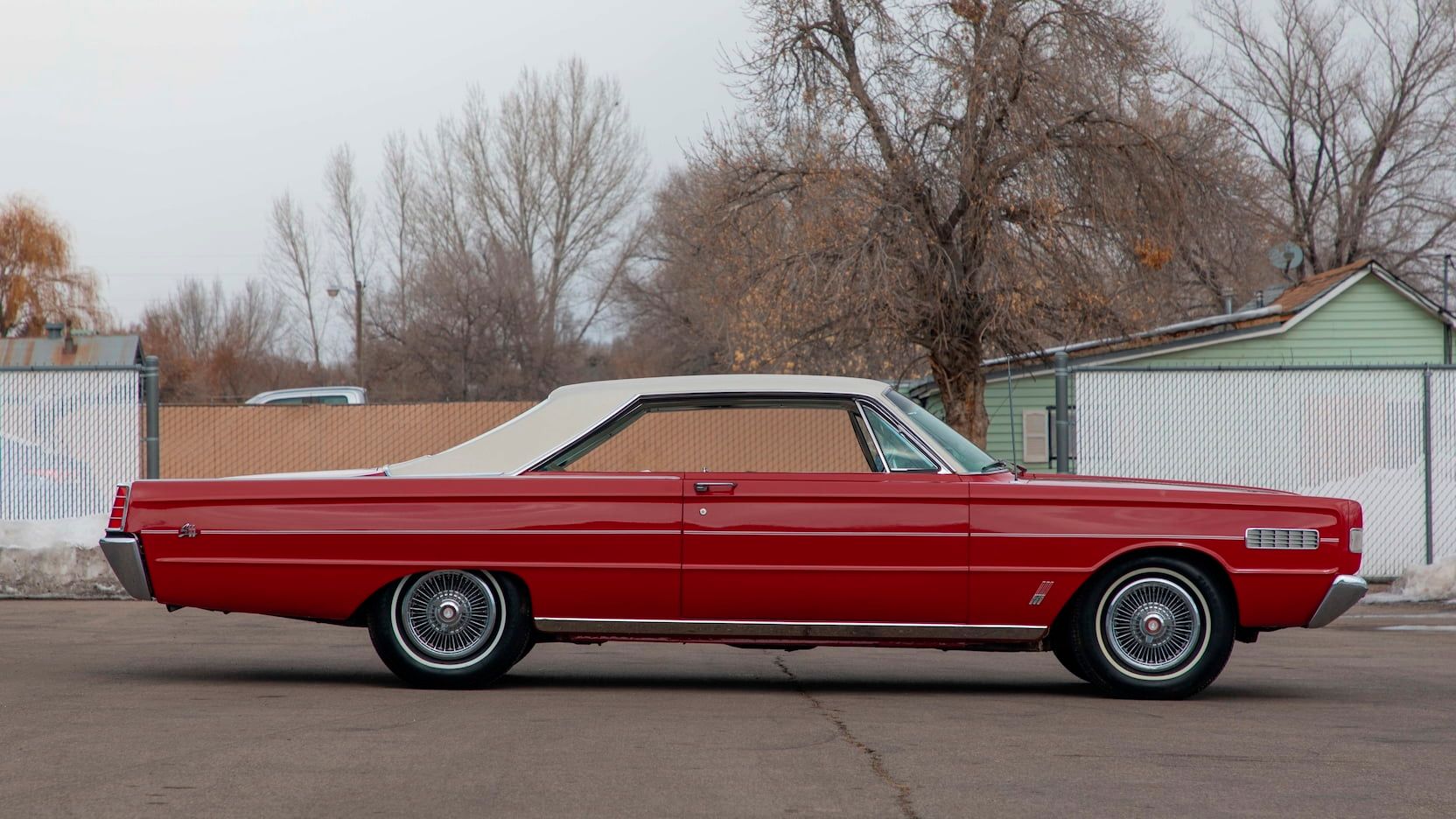
For 1966 the Marauder nameplate was retired, being replaced by the S-55 version that would also soon be put back onto the shelf. The problem with a large car designed to be a muscle car is that the consumers wanting power and torque above anything else also knew that the lighter the car was, the faster they could go. So, with that thought in mind, buyers that had once been gobbling up the full-size sedans with big block engines converted to purchasing mid-sized cars that could be bought with the same engine size. The end of the full-size muscle car was on the horizon, but the nameplate did come back a few years later, being offered to the public as a full-size luxury car

